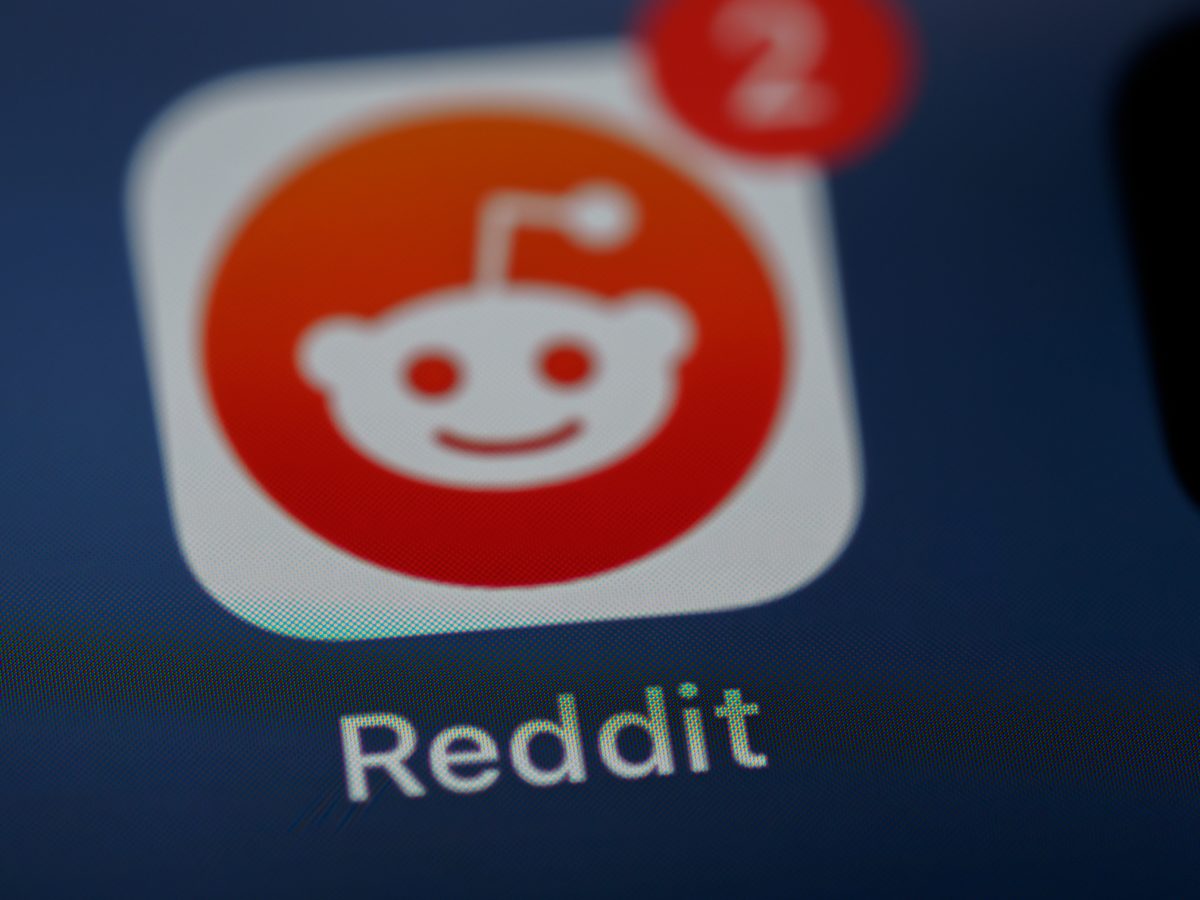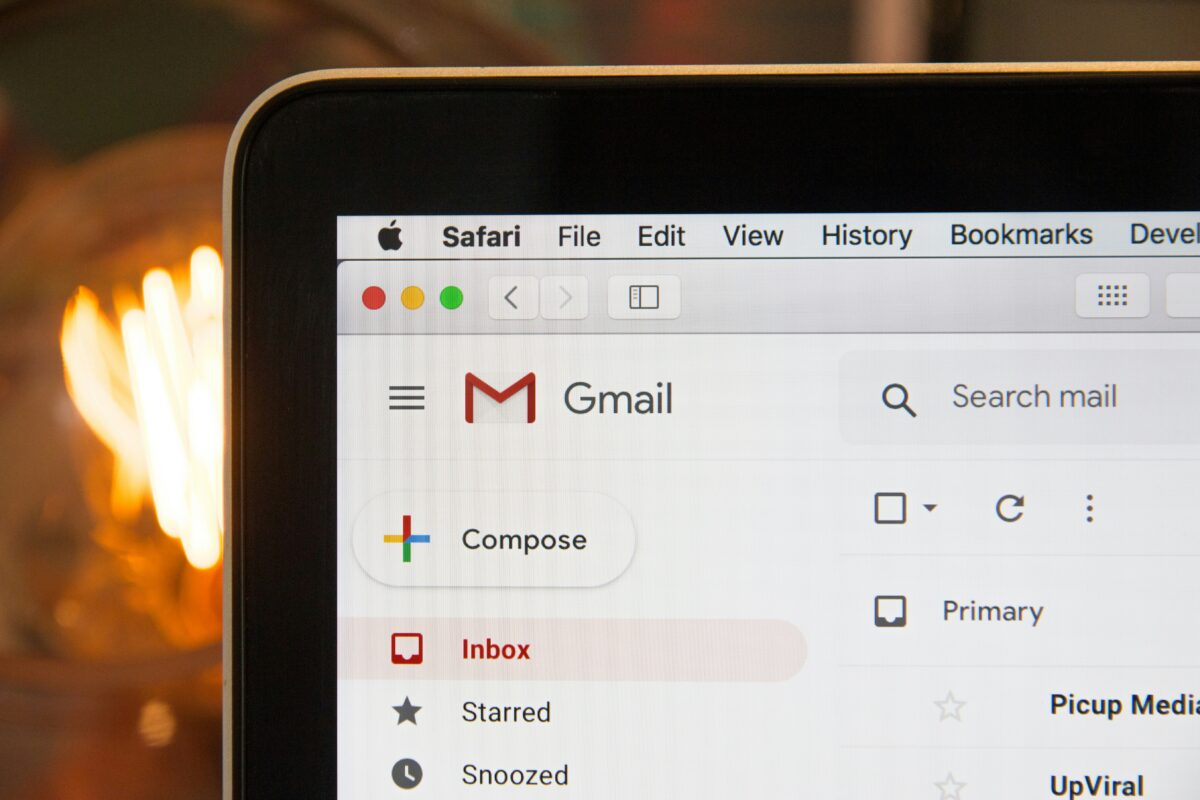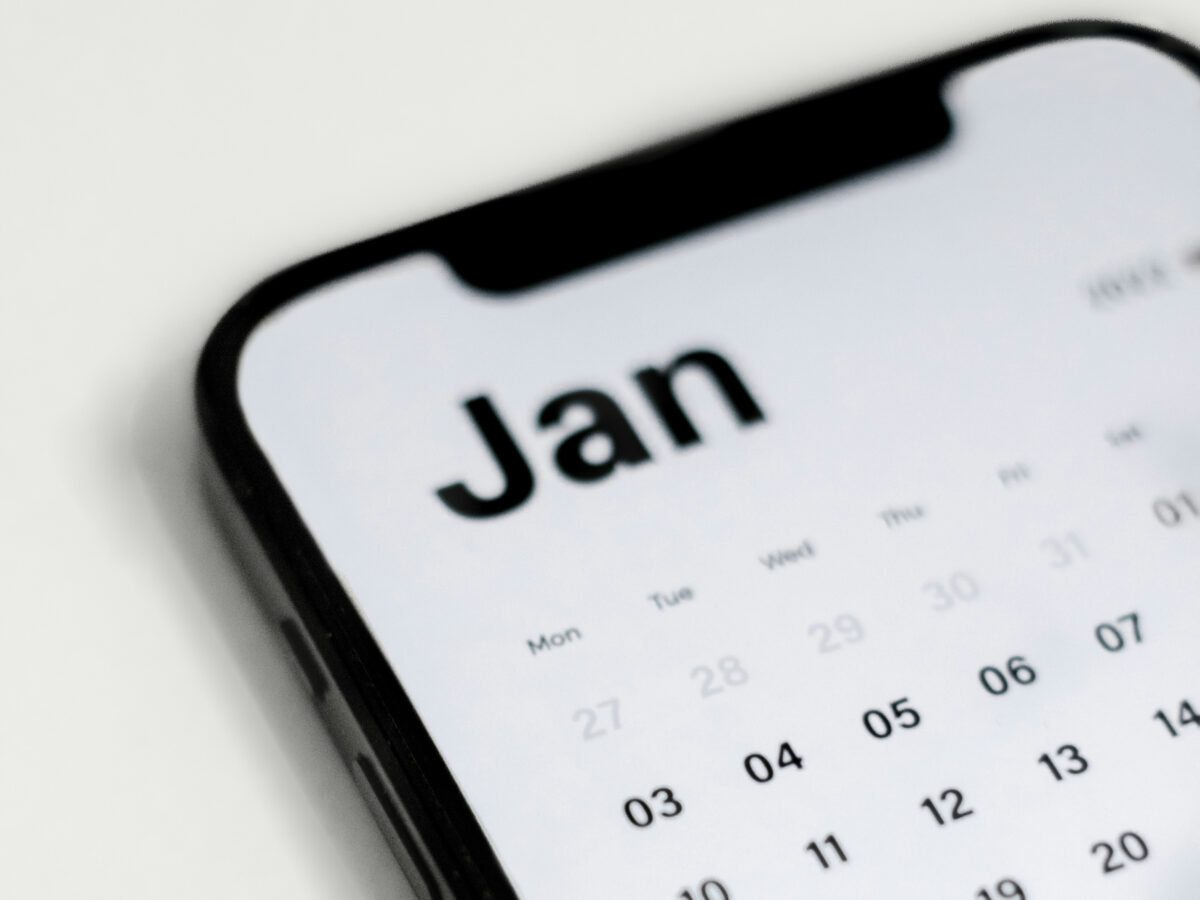Email marketing remains one of the most effective digital marketing strategies, offering an impressive return on investment (ROI) when done correctly. But how do you know if your email marketing efforts are truly paying off? We’ll break down how to calculate your email marketing ROI … Continue reading “Email marketing ROI: Calculate yours step by step”
Smooth transitions: How DailyStory makes onboarding painless
Switching marketing platforms can feel like moving houses—stressful, messy, and full of potential for things to break. Whether you’re outgrowing your current system or frustrated with clunky workflows and poor support, the idea of switching providers often sparks anxiety: Will we lose contacts? What about … Continue reading “Smooth transitions: How DailyStory makes onboarding painless”
Marketing integrations: Why building your own tools is costing you more than you think
When businesses build their own software—either from the ground up or by heavily customizing off-the-shelf tools—it can feel empowering. You’re tailoring something perfectly to your needs, controlling the data, and skipping the bloated “enterprise” platforms. But when it comes to marketing features, that approach can … Continue reading “Marketing integrations: Why building your own tools is costing you more than you think”
SMS marketing strategy: How to build and optimize campaigns that convert
SMS marketing remains one of the most powerful tools for directly connecting with your audience. With an open rate of over 90 percent and a response rate significantly higher than email, it’s clear that when done right, SMS marketing success can drive impressive results. But … Continue reading “SMS marketing strategy: How to build and optimize campaigns that convert”
White labeling: How custom software with your logo makes franchise marketing easier
Franchise marketing isn’t just about reaching customers—it’s about doing so consistently and cohesively across dozens, hundreds, or even thousands of locations. That’s a tough challenge. Each location needs powerful marketing tools, but those tools also need to align with a unified brand experience. This is … Continue reading “White labeling: How custom software with your logo makes franchise marketing easier”
Types of emails every business should be sending
Email marketing remains one of the most effective ways to communicate with customers, build relationships, and drive sales. However, not all emails serve the same purpose. To maximize engagement and results, businesses should leverage different types of emails tailored to various customer interactions. In this … Continue reading “Types of emails every business should be sending”
“We miss you” emails: Reconnecting with inactive subscribers
Inactive subscribers are an inevitable challenge for any email marketer. Whether customers lose interest, forget about your brand, or simply get overwhelmed by their inbox, it’s crucial to find ways to re-engage them. “We Miss You” emails offer a powerful opportunity to reconnect, reminding your … Continue reading ““We miss you” emails: Reconnecting with inactive subscribers”
4 tips to market your brand on Reddit
Reddit marketing might make some businesses nervous—but rather than avoiding it, smart marketers are learning how to embrace Reddit’s unique culture and tap into its massive user base. Often dubbed the “front page of the internet,” Reddit is a massive network of communities—called subreddits—where users … Continue reading “4 tips to market your brand on Reddit”
Webinar email sequence: How to engage attendees before, during, and after
A well-planned webinar email sequence is essential for maximizing attendance, engagement, and post-event conversions. By strategically crafting emails before, during, and after the webinar, you can ensure your audience stays informed and motivated. In this guide, we’ll walk you through each stage of a successful … Continue reading “Webinar email sequence: How to engage attendees before, during, and after”
Holiday digital marketing: 6 ways your strategy should change
The holidays are a crazy, hectic time. Not just for consumers, but for your holiday digital marketing strategy as well. Winter holiday online sales generated about $219 billion in revenue in 2021, with in-store sales reaching a record $668 billion. So, it’s imperative for your … Continue reading “Holiday digital marketing: 6 ways your strategy should change”
Welcome email series: Nurturing subscribers for long-term engagement
A well-crafted welcome email series is essential for building strong relationships with new subscribers. This series sets the tone for future interactions, nurtures leads, and guides them through their customer journey. By optimizing timing, content, and engagement strategies, businesses can increase customer retention and drive … Continue reading “Welcome email series: Nurturing subscribers for long-term engagement”
9 expert tips to better market your gym online
Successful gyms consistently market themselves on multiple digital channels to bring in new members. As a gym owner, you’re well aware of the natural churn of membership that’s a factor for every business in the fitness industry. The majority of gyms lose about 50 percent … Continue reading “9 expert tips to better market your gym online”
Win-back email subject lines: Crafting headlines that grab attention
The battle for attention is fiercer in today’s crowded inboxes. For marketers, crafting effective win-back email subject lines is a critical skill to re-engage inactive subscribers and breathe life back into dormant email lists. Your subject line is often the first and only chance to … Continue reading “Win-back email subject lines: Crafting headlines that grab attention”
10 tips to improve organic search performance (SEO) on Google
Search Engine Optimization (SEO) is the process of boosting the ranking of your website in search engine results pages (SERPs). This is done by identifying and using keywords in your content to boost organic search results. Most often this is focused on Google, but Bing, … Continue reading “10 tips to improve organic search performance (SEO) on Google”
Email segmentation: Definition, strategy, and examples
Are your email campaigns falling flat, with low open rates and minimal engagement? It is high time you divide your subscriber list into smaller, targeted groups based on behavior, location, or interests. Companies using email segmentation report 760 percent higher revenue from email campaigns, proving how … Continue reading “Email segmentation: Definition, strategy, and examples”
Choosing the right email marketing platform for your business
Email marketing remains one of the most effective channels for businesses to connect with their audience. The right email marketing platform can make all the difference in crafting compelling campaigns, reaching the right audience, and analyzing results. However, with so many options available, how do … Continue reading “Choosing the right email marketing platform for your business”
Maximizing your brand’s reach: Effective social media advertising and management strategies
Social media is a great way to advertise your brand and its products and/or services, but being effective can sometimes feel like an impossible challenge. People use social media platforms for different reasons, and your job is to figure out how to get them to … Continue reading “Maximizing your brand’s reach: Effective social media advertising and management strategies”
Local email marketing: A powerful tool for small businesses
Email marketing has long been a cornerstone of digital marketing, but its potential for local businesses is often underestimated. Local email marketing offers a unique opportunity to connect with your community, build customer loyalty, and drive foot traffic or local sales. Let’s explore how local … Continue reading “Local email marketing: A powerful tool for small businesses”
What is a reactivation email?
A reactivation email is a targeted communication sent to re-engage inactive subscribers or customers. Whether someone hasn’t opened your emails in months or hasn’t purchased in a while, reactivation emails aim to reignite their interest and restore their engagement with your brand. These emails are … Continue reading “What is a reactivation email?”
7 Tips for Effective Email Design
Email design is not just about making messages look good—it’s about creating experiences that engage, captivate, and convert. To this day, marketing emails remain one of the most effective tools for businesses that want to reach a vast audience. Four out of five marketers say that they … Continue reading “7 Tips for Effective Email Design”
What is an opt-in email?
An opt-in email is a communication that requires recipients to give their explicit permission before receiving email campaigns or newsletters. This practice aligns with email marketing best practices and legal standards, such as GDPR, ensuring that the recipients genuinely want to hear from you. Opt-in … Continue reading “What is an opt-in email?”
Mastering the art of the email follow-up: Tips, timing, and templates
Email follow-ups are one of the simplest yet most effective tools to improve communication and achieve results. Whether you’re waiting on a job application, a potential client response, or an internal project update, a well-timed email follow-up can make all the difference. In this article, … Continue reading “Mastering the art of the email follow-up: Tips, timing, and templates”
Writing blogs: How to write effectively and enhance your email newsletters with DailyStory
Blogging is one of the most powerful tools for sharing ideas, building a brand, and connecting with an audience. If you’re already writing blogs, you’re likely aware of the effort that goes into crafting quality content—from brainstorming topics to refining your writing style. But are … Continue reading “Writing blogs: How to write effectively and enhance your email newsletters with DailyStory”
5 actionable strategies to build an email list from scratch (with examples)
If you’re serious about growing your business, building a strong email list is a no-brainer. Email marketing generates an average of $42 for every $1 spent. That’s the kind of ROI other marketing channels can only dream of. Plus, with 90 percent of Americans subscribed … Continue reading “5 actionable strategies to build an email list from scratch (with examples)”
Leveraging social media data for effective marketing campaigns
Leveraging social media data is crucial for designing effective marketing campaigns. Businesses can greatly enhance their marketing strategies by focusing on data-driven approaches, allowing them to target the right audience, boost brand awareness, and increase engagement rates. By utilizing insights derived from social media analytics, … Continue reading “Leveraging social media data for effective marketing campaigns”
Exploring the role of AI in creating data-driven digital marketing campaigns
Do you believe AI isn’t a fit for your digital marketing strategies? Think again. According to 48 percent of marketing leaders, customers are better engaged with AI-powered technologies like chatbots. Relevant data, results in the best marketing campaigns. However, the complex data generated in today’s omnichannel … Continue reading “Exploring the role of AI in creating data-driven digital marketing campaigns”
Why email testing tools matter for marketers
Email marketing remains one of the most effective channels for reaching and engaging with audiences. However, crafting the perfect email involves more than just clever copy and design—it requires rigorous testing to ensure that the email performs well across devices, inboxes, and audiences. Enter email … Continue reading “Why email testing tools matter for marketers”
Mastering email marketing: A comprehensive strategy guide
Email marketing remains one of the most effective ways to engage with your audience, nurture leads, and drive conversions. However, to maximize its potential, you need a well-defined strategy. Here’s a comprehensive guide to mastering email marketing. Define your goals Before diving into the tactics, … Continue reading “Mastering email marketing: A comprehensive strategy guide”
6 effective email templates for scheduling clients
Effective communication is crucial for maintaining strong client relationships. Scheduling clients—whether for meetings, consultations, or services—can be streamlined through well-crafted emails. A thoughtfully structured email not only saves time but also sets a professional tone. Below are six email templates to help you efficiently schedule … Continue reading “6 effective email templates for scheduling clients”
The power of email sequences: A strategic approach to email marketing
Email marketing remains one of the most effective tools for engaging with your audience, nurturing leads, and driving conversions. But if you’re only sending one-off emails, you’re missing out on the full potential of this powerful channel. That’s where email sequences come in. An email … Continue reading “The power of email sequences: A strategic approach to email marketing”
Mastering email retargeting: A game-changer for your marketing strategy
Reaching the right audience at the right time is crucial. One of the most effective strategies for doing so is email retargeting—a powerful technique that enables businesses to re-engage potential customers who have already interacted with their brand but haven’t yet converted. Whether it’s someone … Continue reading “Mastering email retargeting: A game-changer for your marketing strategy”
Email outreach vs. marketing email: Understanding the differences and when to use each
Email has become a vital tool in the digital marketing toolkit, used for everything from nurturing leads to closing sales and engaging with customers. However, not all emails are created equal. Two of the most commonly used strategies are email outreach and marketing emails, each … Continue reading “Email outreach vs. marketing email: Understanding the differences and when to use each”
Top 10 email marketing tips to skyrocket your campaigns
Email marketing is an invaluable tool for businesses, providing a direct line to your audience. However, standing out in crowded inboxes requires smart strategies and effective execution. The following are 10 tips to enhance your email marketing efforts and achieve stellar results. When done right, … Continue reading “Top 10 email marketing tips to skyrocket your campaigns”

































